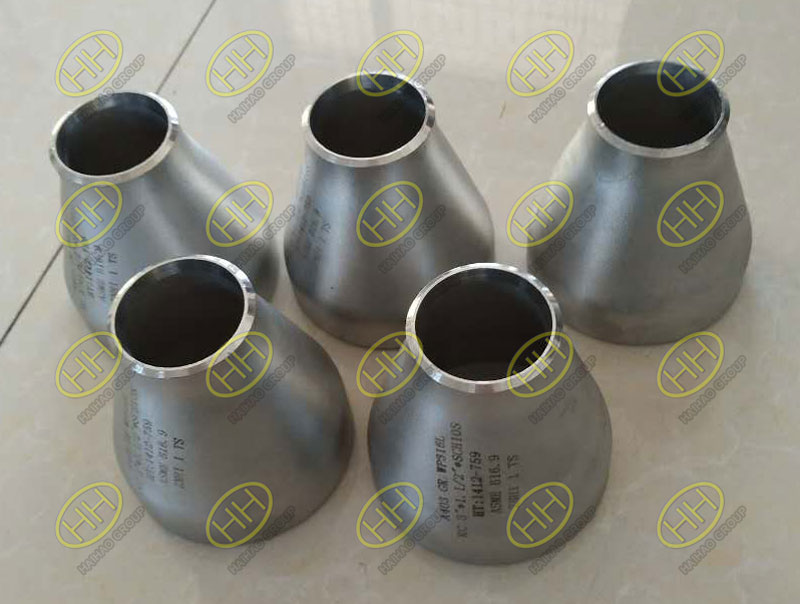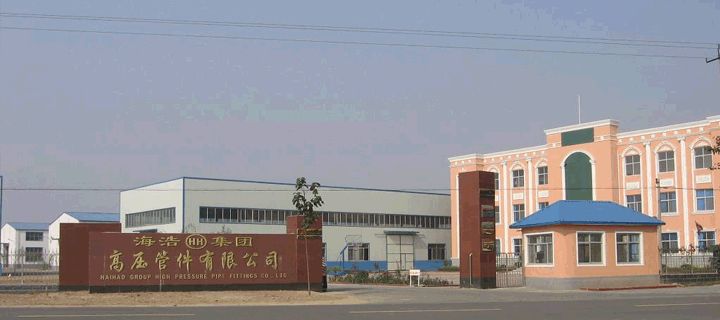Cold forging is one variation of the forging metal-shaping process that involves forming or shaping metal parts through a process of applying powerful, localized compressive forces. Cold forging is carried out with the metal generally kept at or slightly above room temperature with the temperature always maintained at or below three-tenths of the recrystallization temperature of the metal being shaped. The compressive forces involved in cold forging may be applied by hand with a hammer or by powered sources, such as drop forge machines. In most cases, the metal is forced into a die in the shape of the finished product or around open templates or jigs.
A preferred forging method for softer metals (such as aluminum), cold forging is less expensive and has the ability to produced forged parts that require little no finishing processes.Cold forging offers several distinct benefits over hot forging processes, which include better surface finish, improved dimensional stability, and lower production costs.
A cold working process, cold forging entails bar stock to be inserted into a die and then squeezed with a second closed die.
Similar to the cold heading process (the difference that cold forging makes use of vertical presses instead of horizontal cold heading machines), the workpiece is squeezed between two dies until it assumes the desired shape of the die.

ASME B16.9 A403 WP316L concentric reducers
Deformation occurs at room temperature, causing a change in the size and shape of the metal. Note here that this forging method is volume specific and generally compliments the cold heading processes by adding more intricate shapes to the blank used in cold heading processes.
Basic equipment types used for the forging method range to include vertical presses, either fully automatic or manually fed. Also note that these vertical presses used can be either hydraulically powered or mechanically powered.
A reliable and cost effective process, some of the parts produced using cold forging includes those for use in the automotive electrical industry and range to include:
- Parts for car seats and alternators (such as the claw-pole).
- Different types of gears used on other parts.
- Parts for starter motors such as transmission solenoid body, core and plunger, to name but a few examples).
- Motorcycle parts such as those for flywheel magnetos.
- Parts that are hollow with shafts and stems.
- Parts used for valves and switches.
- Cold forging is also used to produce anti-vibration spiders and parts.
The advantages of cold forging
This particular forging process, like hot forging , offer manufacturers a number of advantages, including:
- No heating is required in cold forging processes.
- This forging process offers a better interchangeability as well as reproducibility.
- A better surface finish is achieved and contamination problems experienced are minimized.
- Cold forging offers a superior dimensional control.
- The capability to impart directional properties onto the metal being formed.
The disadvantages of cold forging
Cold forging has the following disadvantages:
- The production of an undesired residual stress.
- Metals forged are less ductile and higher forces are required during cold forging processes.
- Because of the higher forces required in this process, heavier and more powerful equipment is needed as well as stronger tooling.
- Though capable of imparting directional properties onto the metal, these properties may be detrimental.
- The surfaces of the metals used must be clean and scale free.
- Because of the loss of ductility that accompanies strain hardening, intermediate anneals may be required.
Haihao Group manufacture & supply high quality forged pipe fittings and flanges in different standards,materials,specifications,if you want to know more about our forging products,please email to us:sales@haihaogroup.com







